Intervention by Dr. Karim Abdian, Ahwaz Human Rights Organization to the United Nations Human Rights Council. 
Forum on Minority Issues, Third Session, 14 and 15 December 2010 in Geneva
Sustainable Development and Effective Participation in Economic Life:
Ahwaz Human Rights Organization is an International NGO dedicated to the defense of human rights of the Ahwazi Arab minority people in southwestern Iran.
Honorable chairperson: Iran is a multinational, multi-cultural, multi-ethnic and a multi-lingual country composed of Turks, Arabs, Persian, Kurds, Baluch and Turkmen – no one ethnicity is a numerical majority and no one comprises more 1/3 of the population but since 1925 its been dominated and ruled by the Persian ethnic group –thus creating a cultural and a linguistic apartheid. I am here to speak to you on behalf of Arab-Iranian or Ahwazi Arab minority in Iran.
More than five million indigenous Ahwazi Arabs live in the southwestern region of Iran, in the province of Khuzestan or as called by its indigenous name, Al-Ahwaz or Arabestan. Ahwazis constitute an indigenous, ethnic, national and linguistic minority in Iran. Historically, this indigenous Arab community has been marginalized, excluded and discriminated against by successive governments in Iran.
Here I would like to identify some challenges and problems facing Ahwazi Arab minority that we believe prevent effective economic participation. -I will follow up with concrete and constructive approaches for each challenge:
The Ahwazi Arab Nation in Iran has not been allowed to participate in running its own affairs. It does not have local or genuine national representation. The Arab minority in Iran is totally deprived of its civil, cultural, economic, political and social rights. It faces a systematic forced assimilation, ethnic cleansing and confiscation of its land and property.
It is recommended that Iran recognize and acknowledges its Arab citizens and treat them with dignity.
In Economic life, while Ahwazi ancestral lands produce over 4.5 million barrels of oil daily and funds about 90% of Iranian economy; indigenous Ahwazis live in abject poverty and receive no part of its $ 80 billion annual income. Legislation to allocate 1.5% of revenue to Khuzestan or al-Ahwaz was recently defeated for the fourth time.
We recommend that Islamic republic allocate 17% of the oil revenue to the development of the region (to use the recant Iraqi precedent during the last regime).
Khuzestan’s political, military and security commanders, officers, mayors and all high and mid-level government officials of Khuzestan have consistently been appointed from non-Arab areas. In order to create an inclusive society, we recommend that the Islamic Republic establish a 33% quota to employ local indigenous Ahwazi Arabs in the Oil and Gas industries in the province.
Honorable chairperson: it is common knowledge that education is an important element in poverty reduction and economic participation:
Among Ahwazis, the illiteracy rate is 4 times the national average. And unemployment is 6 times the national average.
The dropout rate of Ahwazi students is 30% during elementary school, 50% during secondary school and 70% during high school. Only one out of 4 Ahwazi students graduate from high school, while 3 out of 4 Persian students graduate from high school. In Iran Farsi/Persian language, which is native only to a 1/3 of the population, is the sole official language. Arabic and all other languages such as Kurdish, Turkish and Baluchis are banned therefore denying them their linguistic rights and the competitiveness in the job market. We recommend that minority languages allowed to be though in the respective minority regions at least in through elementary school.
Sustainable Livelihood:
Ahwazi-Arab people have been subjected to a forcible population transfer program. Since the end of Iran-Iraq War, in 1989, 1.2 million Ahwazis have been forcefully displaced into central provinces whilst 1.5 million non-Indigenous Persians were relocated into government-funded resettlement towns such as Ramin, 1, 2, 3, and Shirin-Shahr in Arab cities in Khuzestan. Under the same policy, over 450,000 hectares of indigenous Ahwazi farmers land was confiscated and given to non-indigenous Arab Persian settlers, a scheme designed to break up and change the ethnic structure and racial mix of the province. Ahwazis are fighting to hold on to their national identity, culture and language while the State has excluded Ahwazi-Arabs from the Iranian landscape, politically, economically and socially.
Despite their commitment to Iran’s territorial integrity, the Ahwazis have continued to be viewed with suspicion and hostility by Tehran.
The Islamic Republic has consistently ignored the demands of national groups, to implement Articles 15 and 19 of the 1979 Constitution, which guarantee the use of regional languages and equal rights of ethnic groups. It does not acknowledge and/or recognize the existence of Ahwazi-Arabs as a people, nationality or a community. In 1999, Ahwazi activists set up the Reconciliation Committee to achieve formal recognition of Ahwazi rights within the framework of the constitution. They participated in elections and succeeded in winning a seat in parliament as well as control of Ahwaz City Council. However, in the 2004 and 2008 parliamentary elections, the government barred their nominated candidates. The Reconciliation Committee was dismantled and banned, and declared illegal. We recommend the reconciliation committee be debarred and activated.
Arabs are faced with discrimination in the Iranian civil service. Of the top 25 governmental positions, only two or three are Arabs. This 10-15% ratio of Arabs to non-Arabs in the Ahwaz City administration drops to less than 5% at the provincial level. This means that almost 70% of the populations of Khuzestan (the Arabs) hold less than 15% of the key and important governmental positions. With inadequate political representation, the Ahwazi Arabs are unable to address the injustices faced by their people in the economic, cultural, political and judicial sphere. Despite the province’s fertility and potential in agriculture, farms are suffering from a lack of investment and are under-performing, leading to rural poverty.
Despite Iran’s Constitution and signature of the ICCPR, there is strong evidence that the Iranian authorities are orchestrating a policy of land confiscation and forced migration are in line with the “ethnic restructuring” program
In violation of the ICCPR, the Iranian authorities are encouraging the forced migration of Arabs out of Khuzestan and their replacement with “loyal” ethnic Persians, The regime is encouraging ethnic Persians to settle on the land confiscated from Ahwazi Arab farmers by placing advertisements in Farsi-speaking provinces and cities which promise cheap fully-furnished apartments with all amenities, which is in stark contrast to the squalor of the slums and villages where most Ahwazi Arabs reside.
The Iranian continues to build large housing projects to resettle ethnic Persians to Khuzestan. Completed settlements include the Ramin-2 townships 45 km south of Ahwaz built to resettle 500,000 non-Arabs and the Shirinshahr settlement north of Ahwaz to settle 50,000 ethnic Persians from central provinces. Similar resettlement projects are underway in predominantly Arab cities, towns and villages such as Mahshar, Khorramshar, Abadan, Hamiodieh and Sosangard Mula-Sani. In early 2006, the Iranian government issued an announcement that outlined further expansion of the Ramin settlement, which involved further confiscations of Ahwazi Arab lands in areas of Sanicheh and Jalieah, plaque # 29 and 42 of zone 5 of Ahwaz,
While right to water and housing has been explicitly recognised in the ICCPR and the ICESCR, during the past 6 years, Iran constructed 4 Dams, Masjidsoliman, Dez, Gharoon and Gatvand on Karoon river and diverted its water from Arab province to Persian provinces of Isfahan and Rafsanjan. This is while he region is suffering from a water crisis. The water crisis has been caused by the long-term ecological mismanagement of the Karoon River, the largest river to flow through Ahwazi lands. Diversion of Karoon river has taken place despite the objection of the United Nation Environment Program’s (UNEP) in June 2007, Karoon is the largest river in Iran that runs through the Arab majority of Khuzestan (Arabistan) province. On 11 June 2006, 3 Ahwaz farmers were shot to death by Iranian security forces for resisting the building of diversion dams on their properties
Recommendation and the positive measures by the State that would affect participation:
1. That Iran constitutionally and publically recognize and acknowledges the existence and the group rights of the Ahwazi- Arab and other ethnic minorities and provide official statistics on their populations
2. Facilitate economic participation by allocating a portion of the vast oil revenue for the development of Arab homeland in Khuzestan and employ indigenous Ahwazis in the oil and Gas industries to foster political participation.
3. Allow Arabs to study in their own language to reduce the high illiteracy rate among Ahwazis.
4. The Iranian government put in place a policy of devolution of power and establishes a local representative Ahwaz parliament and allow for participation in national government.
5. End the current state of siege and the militarization of Khuzestan and allow the independent expert on minority issues, and international media to travel to Khuzestan and speak with the Ahwazi-Arab minority.
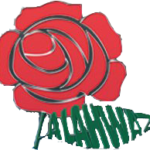
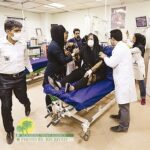
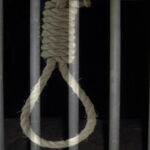
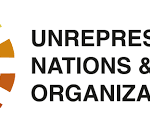



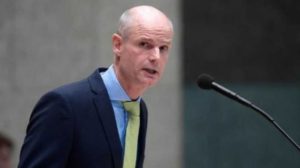
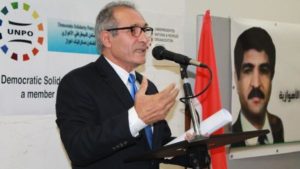
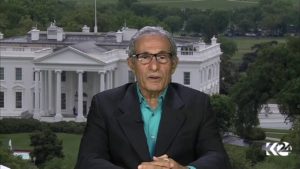
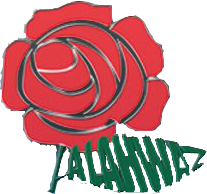
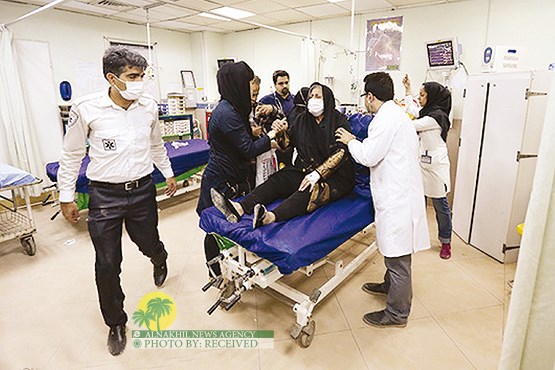




+ There are no comments
Add yours